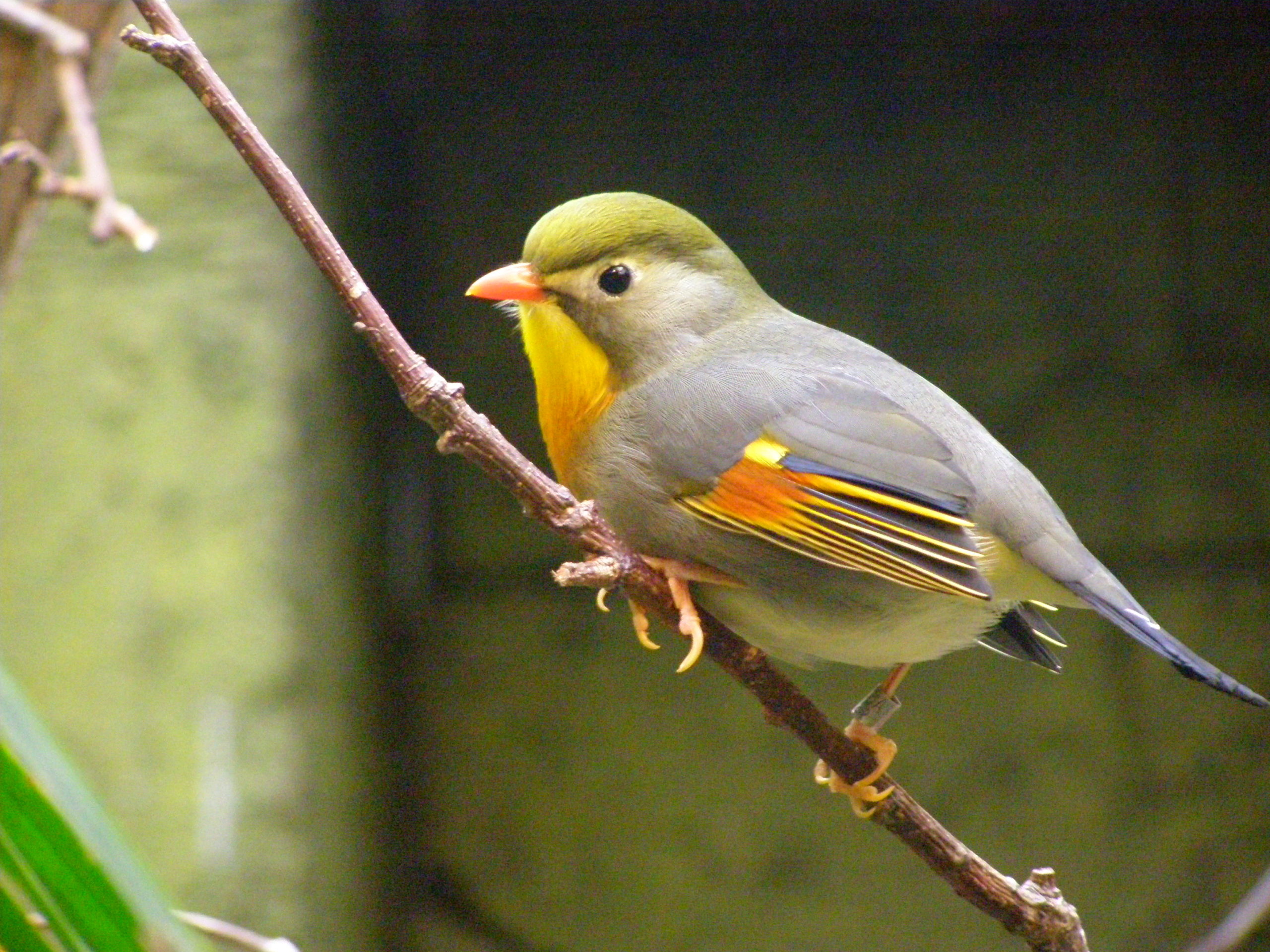Plump and yellow
babblers lie in wait,
their sleek red bills
lined up in rows
like restless recruits
waiting to march.
Warming skies
sign advance,
as cottage gardens
aid and abet –
cornucopia
of seeds, suet, and
half-eaten toast
sprinkle platformed tables
with hopes
of seeing spring.
Cages hang unhinged,
as un-ringed squads
of curved and
distant colours
blot out our morning
with their broken,
scolding song.

This poem is inspired by recent research, which has found evidence of a beautiful songbird potentially becoming an invasive species in the UK.
Invasive non-native species (or INNS) are defined as species that have been introduced by humans to novel environments outside their natural range, and which can have negative impacts on native species and ecosystems through factors such as resource competition, disease transmission, and predation. As such INNS are a major threat to global diversity and need to be monitored carefully. Worldwide there are believed to be more than 200 species of birds that are potential INNS. Two examples within Europe include the ruddy duck and the African sacred ibis, both of which have had significant negative effects on native birds. Climate change can assist the spread of INNS, by improving the suitability of new regions, whilst other human activities such as supplementary bird feeding (for example via bird feeders in gardens) can also benefit invasive birds. Similarly, several non-native songbirds have become naturalised in Europe, resulting from the trade in wild-caught birds from Asia and Africa throughout the 20th century.
In this new study, published in the journal IBIS researchers have observed how the red-billed leiothrix, a small brightly coloured bird native to subtropical Asia, is potentially emerging as an example of another INNS in the UK, with climate change and supplementary feeding creating potentially habitable regions in which they can breed and thrive. Where red-billed leiothrixes have become established elsewhere (for example in Continental Europe, Japan, and Hawaii) as a result of escapes and releases from the cage-bird trade, they can become an abundant and dominant component of the wild bird community. As well as having a negative impact on other British wildlife (for example through competition with native birds and as a vector for the spread of exotic plants and infectious diseases), the red-billed leiothrix is also vocally dominant and its loud and frequent song could significantly alter the soundscape of Britain’s dawn chorus. In this study, the researchers observed that there have been 16 recordings of up to 16 individual red-billed leiothrix in the wild in the UK during 2019–22, including at least two cases of successful wintering. However, this is likely to be an underestimate. Given that the species is likely to benefit from human activities, namely climate change and garden bird-feeding, it is essential to continue to monitor observations of the red-billed leiothrix closely and for action plans to be developed, in order to protect the British wildlife (and soundscape) of the future.
I wanted to hear it sing!!
Here you go Waifi:
https://ebird.org/species/reblei?siteLanguage=en_GB
That link has several links for listening to the red-billed leiothrix in action. Enjoy. 😀